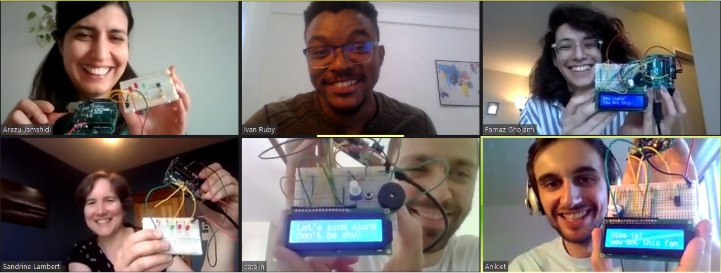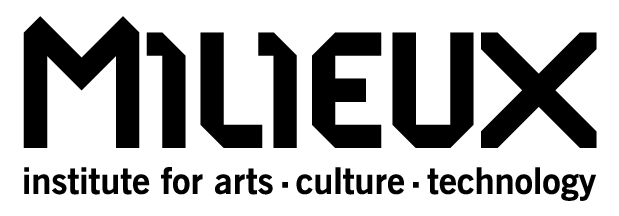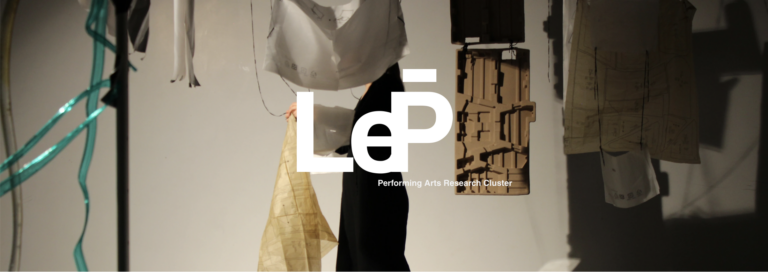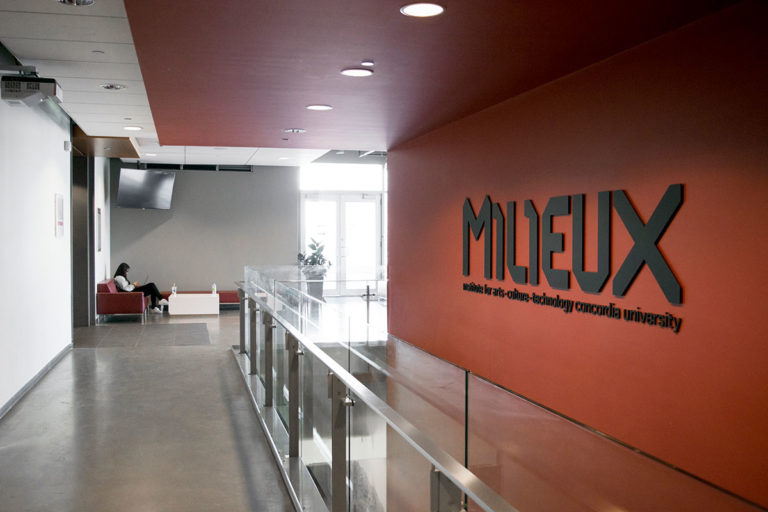By: Ivan Ruby, a Mozambican full-time dreamer and Ph.D Candidate in Educational Technology. He is member of the Participatory Media Cluster.

Over the past several months, I’ve participated in events and recurring sessions with teachers, learners, and the general public where we collaboratively explored the pressing challenge of transcending physical spaces when engaging in hands-on learning of electronics and computer programming.
Since mid-March, we have had weekly online informal learning sessions with a group lovingly called #RubyCoders and we had the chance to share what we do in these sessions during the Post-Arduino Day event, organized by the Education Makers research group, and in an Arduino Education EduVision episode.
Most recently, I had the opportunity to guide more than 150 students from my alma mater in India in their first steps about electronics and computer programming in an online session using the Arduino platform (microcontroller board, programming language, and programming environment) and the Tinkercad Circuits online simulator.
Here are some key takeaways from my experiences:
– Adapting to the current social limitations requires prioritizing designing learning experiences over the design and transmission of learning content. Learners are humans that are facing a difficult emotional and psychological challenge. Integrating opportunities to de-stress, or simply socialize, in the learning activities can go a long way.
– Contextualizing the notion of collaboration depends more on the group of learners than on the imagination of the Instructional Designer. Now, is time to wear the observer hat and capitalize on, as well as replicate, what works organically rather than focusing on imposing a particular collaborative process. This can be done by iterating through different processes and seeing which one works best – or simply asking the group which process would be preferred.
– We explore the use of verbal communication as an alternative to the non-verbal handling of tools and devices that would happen during a hands-on activity in a shared physical space. We use thinking-out-loud and talking-through-actions as a way to enrich the online interaction and situate the group in the same virtual space. So far, it has shown promising results and created an opportunity for vicarious learning.
All in all, we are living in unprecedented times. Times that require courage, perseverance, and inventiveness. But, most of all, we are living at a time in which we need to be more mindful of the humans for whom humans we’re learning design.
Acknowledgments: I would like to thank everyone who direct or indirectly supported me and gave me an opportunity. A special thanks to Dr. Ann-Louise Davidson for the guidance and support, and to the #rubycoders and extended group that inspires and shapes my thinking: Catalin Scutaro, Sandrine Lambert, Aniklet Zefi, Houda Jawhar, Nathalie Duponsel, Abe Assem Kamel, Farnaz Gholami, and Arezou Jamshidi.
The Participatory Media Cluster is a hub for tinkerers and makers who develop prototypes, devices, workshops and outreach events that bring people together through participatory methods in creation, discussion and dissemination.



